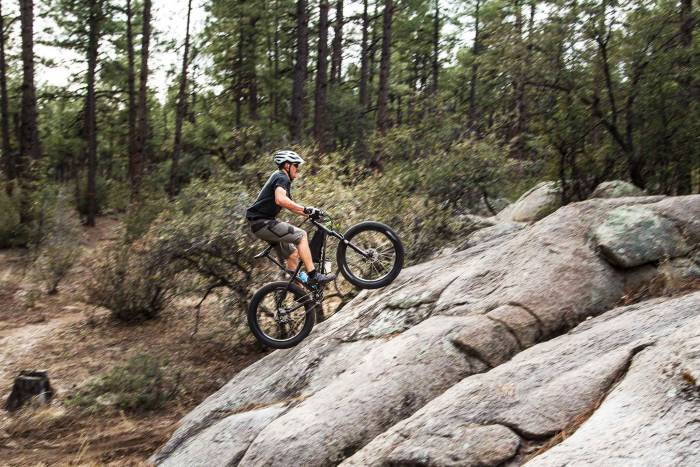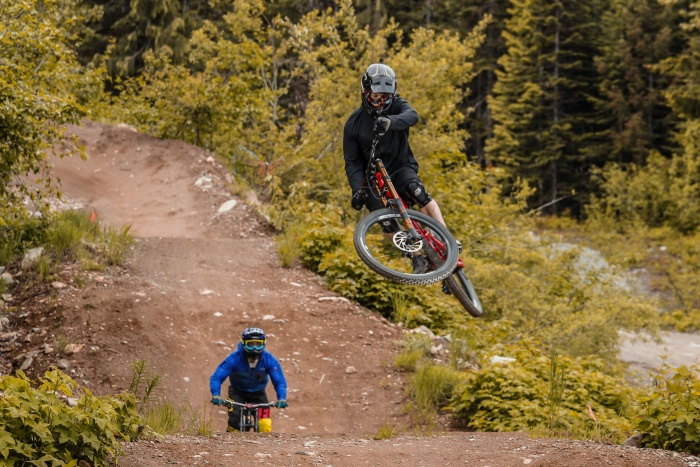The International Mountain Biking Association will now offer a seat at the table for motor-assisted mountain bikes after years of opposition.

Grueling, thigh-burning ascents have long been a trademark of many mountain bike courses. It’s one of the reasons the IMBA has maintained a stance against motorized assistance on MTB trails since its inception 30 years ago.
But this week, that stance changed somewhat. The IMBA announced it is amenable to the use of low-power, pedal-assisted e-mountain bikes on non-motorized trails. In an update to its 2015 Position Statement on eMTBs, the IMBA now supports “Class 1 eMTB access to non-motorized trails” when local trail and cycling groups agree it’s appropriate.
The stance has no impact on federal lands, which still prohibit e-bikes as motorized traffic in certain areas. The IMBA also does not have regulatory authority, but it often serves as a mouthpiece for the mountain bike community working with state and local agencies. It also does much of the work to build and maintain trails around the world.
IMBA: Class 1 E-Mountain Bikes OK
Though this week’s statement represents a big move within the mountain biking world, the IMBA’s acceptance of motor-assisted bikes remains largely unchanged.

“First and foremost, we advocate for access to traditional, non-motorized mountain bikes,” said IMBA Executive Director Dave Wiens. “The IMBA does not advocate for access for eMTBs.”
But, Wiens noted, the IMBA “need[s] to be at the table for all conversations that discuss access.”
The decision to actually allow access to a given trail still falls to local land managers and community mountain bike groups. But these groups often look to the IMBA for guidance on trail maintenance, access, and precedent.










